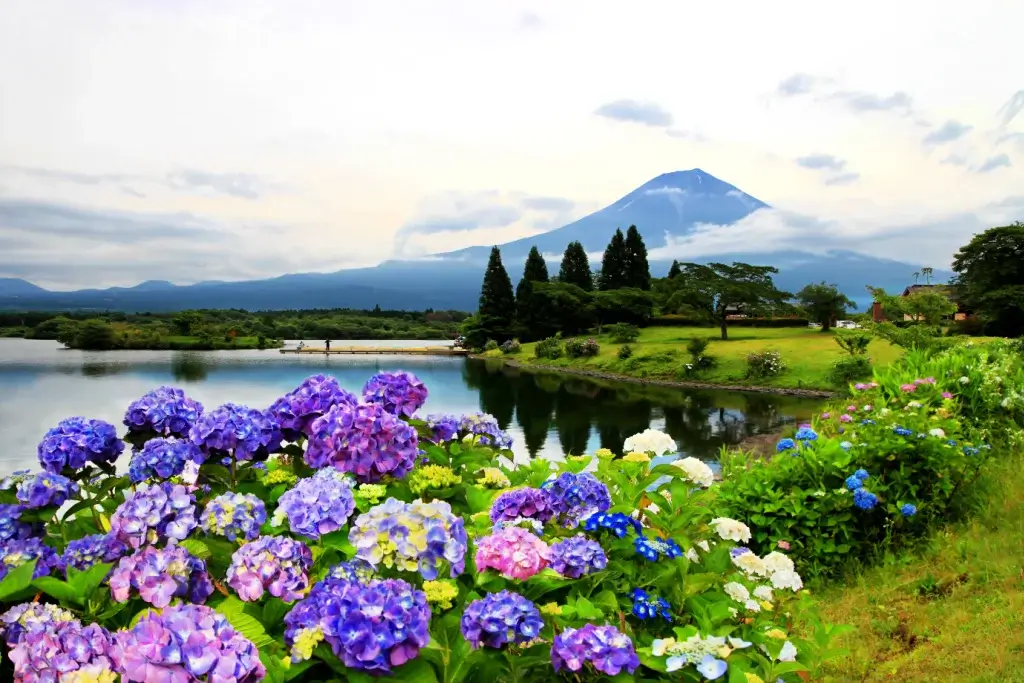It’s not unusual for a country to have several names. Sometimes, the official name is too long to use in casual conversation. For example, saying “the US” is easier than ” the United States of America.” In other cases, the country’s name may differ from the native language. Japan, for example, is “Nihon” in Japanese. Another name may even exist simply to make it easier to pronounce.
Historical events can also contribute to this situation. Multiple conquests may have led to colonization several times, with each conquest changing its name. In Japan’s case, the reason is not so straightforward. Throughout modern history, people have called the group of islands numerous names. Outsiders gave some of these names, while the Japanese selected others. Although most of these names are no longer in use, a few have survived and are still used today.
Table of Contents
Toggle“Wakoku”
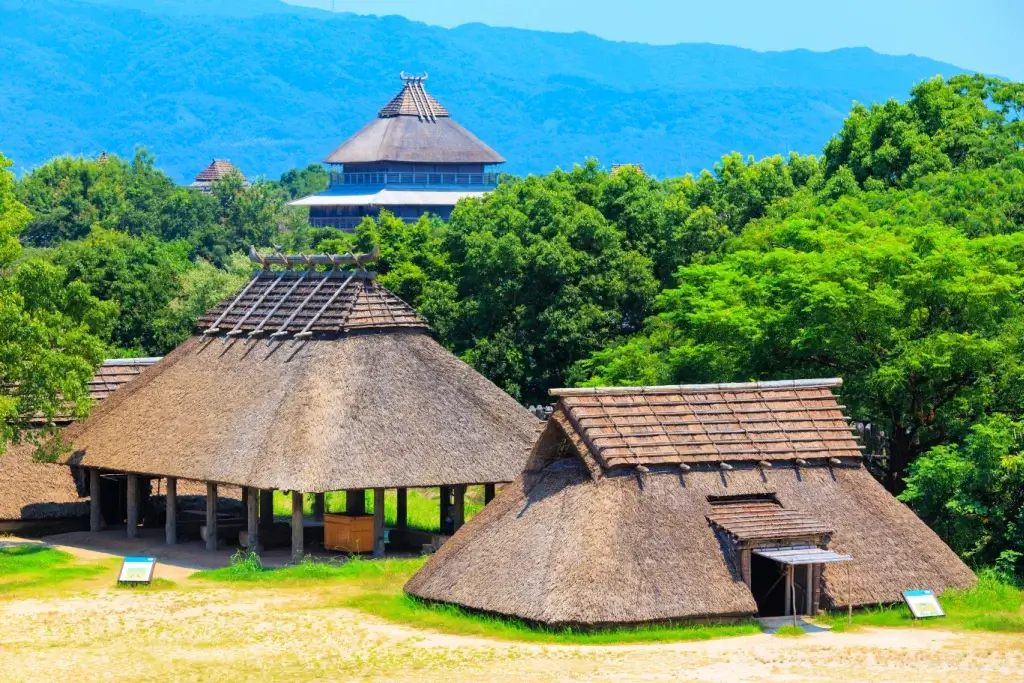
Early inhabitants of Japan mainly lived in the area between modern-day Kyushu and Kanto. Their language was mostly spoken, so there was no way to know what they called themselves. But today, historians refer to these people as the Yayoi. When they first contacted China between 220 and 280 CE, the Chinese called them “Wa”, which meant “submissive”. This is because records show that the Yayoi bowed to show respect. The word “koku” means “country” in Chinese, so the first official name of Japan in historical records is “Wakoku.”
“Yamato”
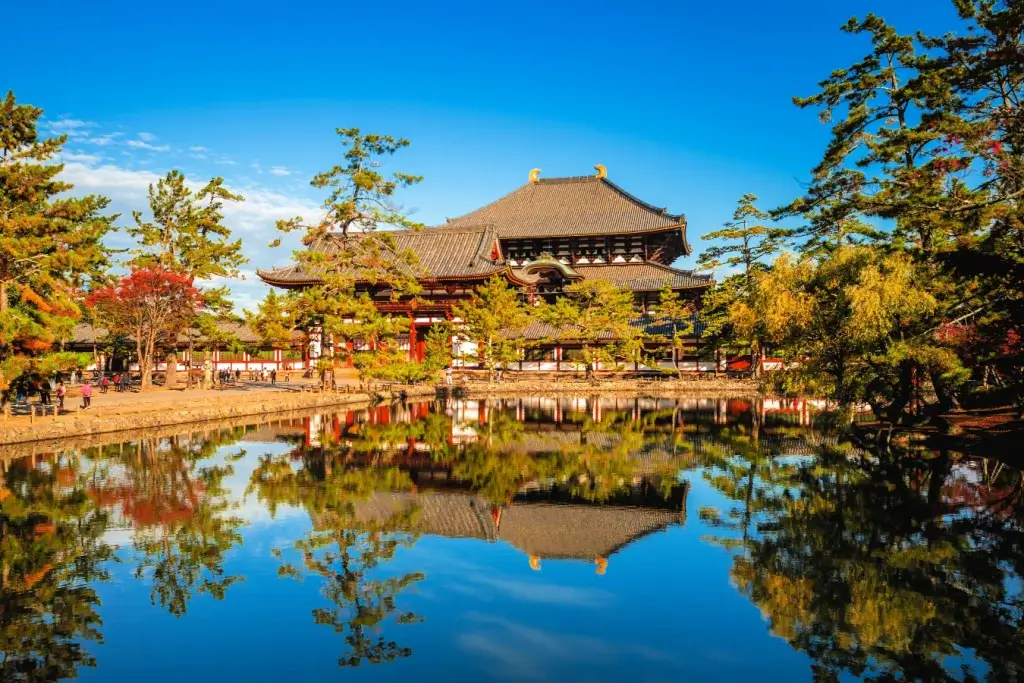
But it is a bit insulting to refer to people from another country as “submissive.” Mainly because they did not choose their names. So, officials changed the character from “Wa” to another character with the same pronunciation, which means “peaceful.” They combined this with the symbol for “great” to create the name “Yamato.” In the 8th century, the people of Japan themselves started writing this name to refer to their country. So this became Japan’s second name, but the first selected and accepted by its people.
“Nihon” and “Nippon”
As Japan grew as a country, it developed a royalty. By about 600 CE, Japanese and Chinese kingdoms were communicating regularly. According to one account, Japan was still “Wakoku” in some circles. A Japanese representative on a trip to China disliked the name and decided to change it. Another theory claims the Japanese emperor himself made the change. Whatever the reason, Japan was “Nippon” (日本) in China by 700 CE.
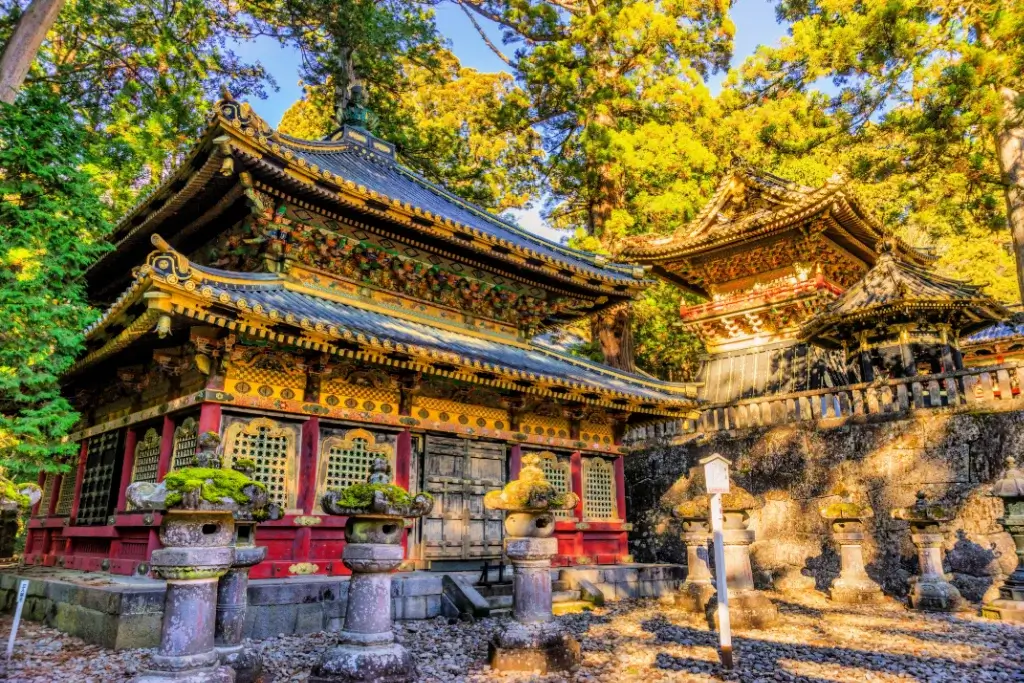
When used together, the kanji “日本” literally means “sun origin” or “the land where the day begins.” It fits on two levels. Legends say the grandson of Amaterasu, the sun goddess, created Japan’s first kingdom. Also, Japan’s location in East Asia meant that the sun rose over Japan from a Chinese viewpoint. When the name became popular in Japan, they introduced the Japanese pronunciation, “Nihon”. But both forms are still in use today. “Land of the Rising Sun” also became popular in the West.
Are you looking for amazing snacks while learning about Japanese history? Check out Sakuraco! Sakuraco delivers traditional Japanese snacks, teas, and sweets from local Japanese makers directly to your door so you can enjoy the latest treats directly from Japan!
“Japan”
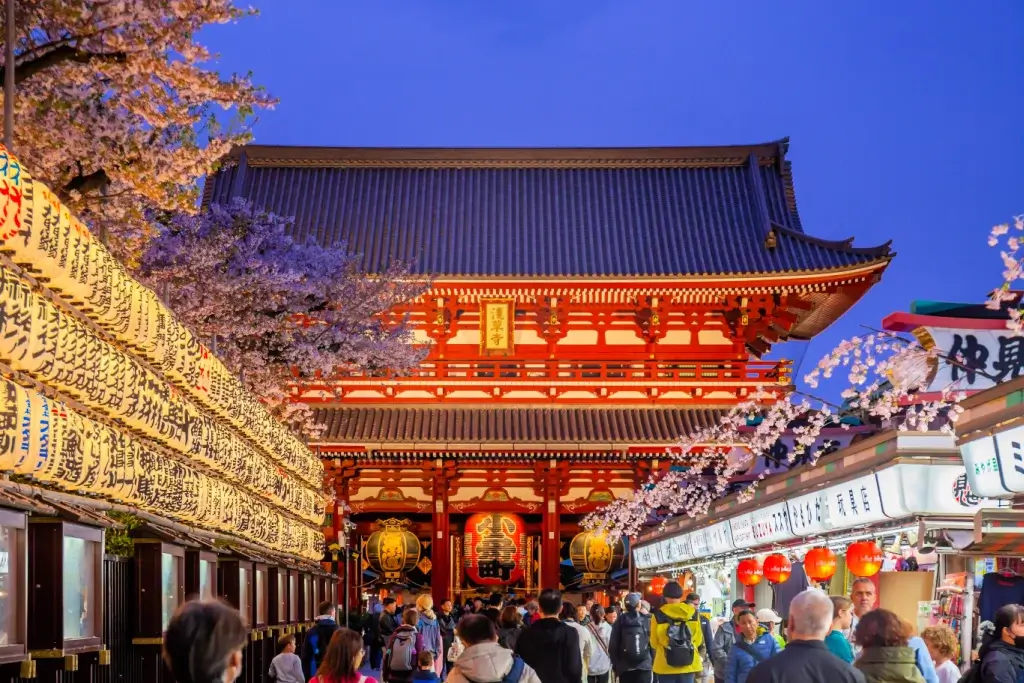
The exact origin of this name cannot be known with certainty, but there is one likely theory. In some early Chinese languages, people pronounced the characters “日本” , as “Cipan”. Traders from nearby East Asian countries such as Malaysia and Indonesia converted the word into their language, “Jipang.” When they met Portuguese sailors, the name came to Europe. Eventually, Portuguese explorers like Marco Polo spread the name throughout the rest of the Western world. The word “Giapan” was first recorded in English in the 1500s.
Why is learning about “Nihon” and “Nippon” necessary?
If you are living in Japan for the long term, communicating effectively is essential. Japanese use “Nihon” and “Nippon” much more frequently than “Japan,” so it’s a good idea to know when to use each. Both forms can be used to describe the country itself. However, “Nippon” is used more when discussing or naming large, global organizations.
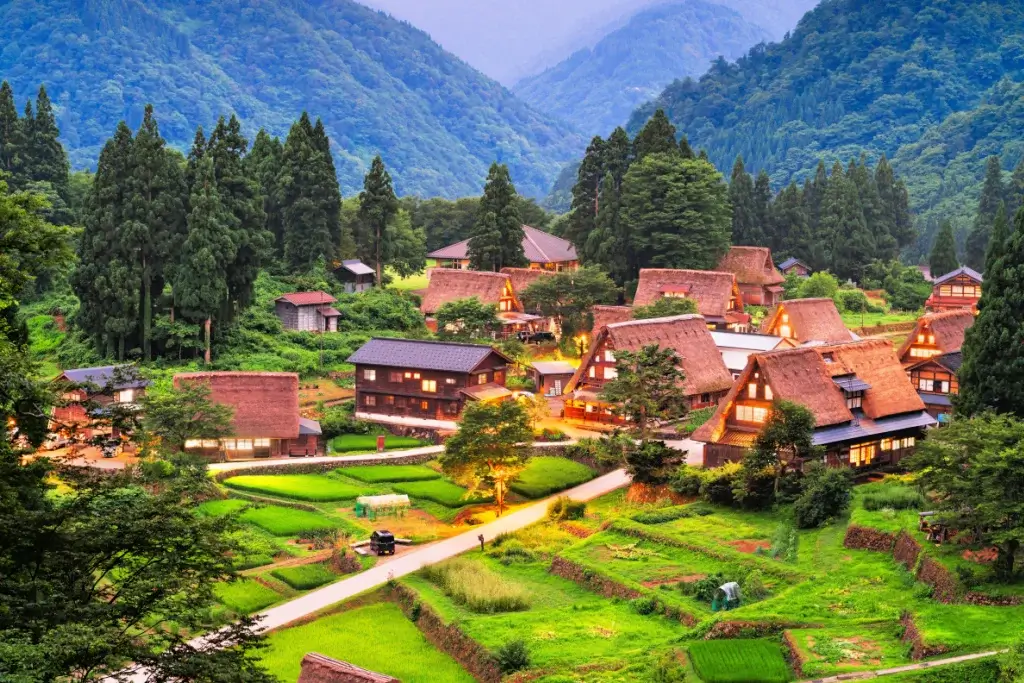
It also tends to be the preferred form for official government groups, the local currency, and postage stamps. And, of course, this pronunciation is standard when cheering the national team at sporting events. “Nihon” is often used when describing something as “Japanese,” as with Japanese people (Nihonjin) or the language itself (Nihongo). However, the rules are not always clear, so you may have to learn some words on a case-by-case basis.
But don’t despair! Learning a few cases is enough to let people know you are trying to learn the language. Just being aware of the other names shows appreciation of Japan’s history, identity, and how its place in the world has changed over time. Do you know any rules that make remembering the difference between “Nihon” and “Nippon” easier? Can you think of any noteworthy exceptions? Feel free to share your knowledge below!


